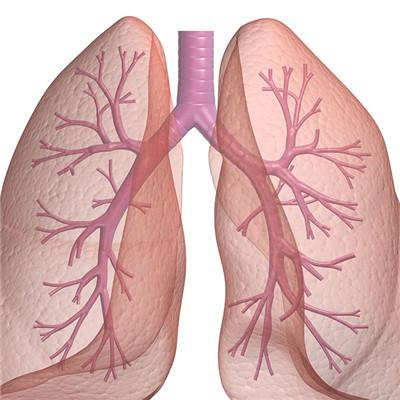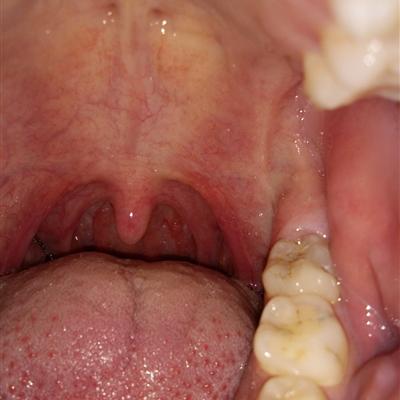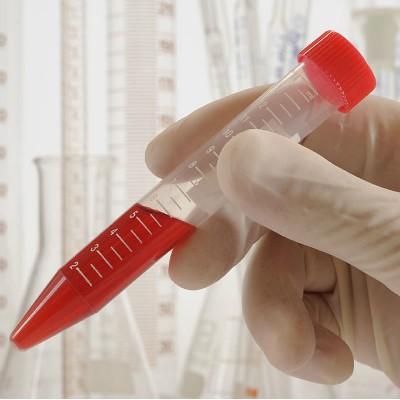What harm does congenital clavicular pseudarthrosis have?
summary
Congenital pseudarthrosis of the clavicle is a rare deformity. A fissure in the middle of the right clavicular shaft can be found at birth. With the age of the child, local painless mass appears. There was no history of birth injury. With the increase of age, local painless mass appeared.
What harm does congenital clavicular pseudarthrosis have?
Several theories have been put forward for the etiology of the disease. One is that there are two separate medial and lateral ossification centers in the development of clavicle; Another theory is that the subclavian artery directly compresses the undeveloped right clavicle. The location of right subclavian artery is higher and closer to the clavicle, which increases pulsatile pressure on the clavicle, which may be the cause of right clavicle involvement. Occasionally, the left side was involved, which was due to the right side of the heart and the high level of the left subclavian artery; Bilateral involvement was caused by high position of bilateral cervical ribs or the first rib.

There was no tenderness. The sternal end of the clavicle was on the upper side, and it was in the front of the other end. In early childhood, due to the relationship of upper limb gravity, the lateral clavicle inclines downward, the shoulder joint declines, the range of motion at the pseudojoint increases, the surface skin becomes thin and atrophied, the edge of the scapula protrudes, and the shoulder joint is asymmetric. However, the shoulder joint activity is generally normal, and only a few patients have limited shoulder abduction and weakened arm strength.

It can be distinguished from the clavicular fracture of birth injury at birth, with history of birth injury, local tenderness, pseudoparalysis of affected limb, and callus formation on X-ray film. Childhood should be differentiated from acquired pseudarthrosis of clavicle, with a history of trauma and small fractures at both ends. In addition, although some or all of the clavicle is absent in patients with clavicular head hypoplasia, there is no pseudarthrosis mass, and there are bone dysplasia in other parts of the body, such as pelvic and limb bone hypoplasia, which is not difficult to distinguish from this disease.

matters needing attention
Congenital pseudarthrosis of the clavicle requires treatment not because of pain or overactive shoulder girdle, but often because of unacceptable appearance or occasional pain during adolescence. Most surgeons think that the most suitable age for bone transplantation is 3-5 years old. The operation included pseudarthrectomy, internal fixation and autogenous iliac bone grafting.















